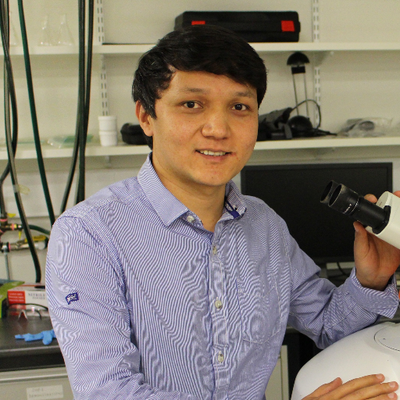Blood repellent superhydrophobic surfaces constructed from nanoparticle-free and biocompatible materials
Published:
Abstract: Durable and environment friendly superhydrophobic surfaces are needed for a set of important applications. Biomedical applications, in particular, impose stringent requirements on the biocompatibility of the materials used in the fabrication of superhydrophobic surfaces. In this study, we demonstrate the fabrication of mechanically durable superhydrophobic surfaces via an in-situ structuring strategy starting from natural carnauba wax and biocompatible polydimethylsiloxane (PDMS) materials. The transfer of the structure of the paper to a free-standing PDMS film provided the microscale structure. On top of this structured surface, the wax was spray-coated, initially resulting in a relatively homogeneous film with limited liquid repellence. The key in achieving superhydrophobicity was rubbing the surface for in-situ generation of a finely textured wax coating with a water contact angle of 169° and a sliding angle of 3°. The hierarchically structured surface exhibits mechanical robustness as demonstrated with water impact and linear abrasion tests. We finally demonstrate repellence of the surfaces against a range of blood products including platelet suspension, erythrocyte suspension, fresh plasma, and whole blood.
